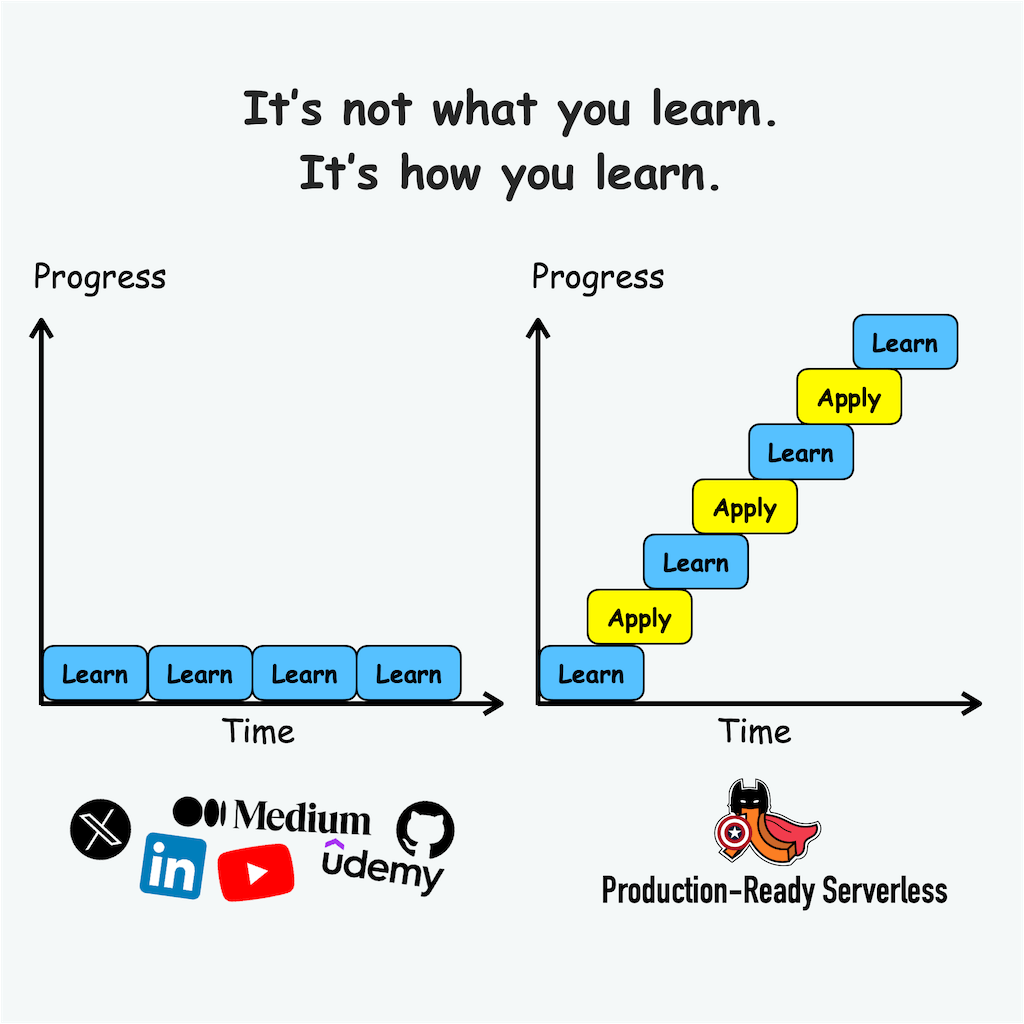
Yan Cui
I help clients go faster for less using serverless technologies.
As a consultant, I have helped a lot of clients with their architecture [1] and built a couple of serverless applications for clients from scratch. And the no. 1 question I get about serverless is around testing.
“How should I test these cloud-hosted functions?”
“Should I use local simulators?”
“How do I run these in my CI/CD pipeline?”
In this post, let me share my thoughts and my approach to testing serverless applications.
Run tests locally against deployed AWS resources
There’s a lot of value in testing your code locally so you can catch problems without having to wait for a full deployment cycle and get that all-important fast feedback loop.
One option is to simulate AWS services locally with LocalStack [2]. I had been sceptical of them in the past because it used to take a lot of effort to set up and the local environment tends to be very brittle and hard to maintain. The LocalStack team has improved on these greatly with the launch of LocalStack 2.0 and can even simulate IAM checks.
However, you still have to deploy your changes to the local simulated environment. This doesn’t take as long as deploying to the real AWS account, but LocalStack is also not a perfect simulation. You can still experience false negatives (something doesn’t work against LocalStack but works against the real AWS environment). These can result from unimplemented APIs, or behaviour differences in certain situations, especially in edge cases. These false negatives can be difficult to track down and you can easily lose hours or days of development time when these happen.
So while LocalStack is an increasingly viable option, I still prefer remocal testing – that is, executing my code locally against remote AWS services – while leveraging the use of ephemeral environments. Have a read of this post [3] to see some of the benefits of using ephemeral environments as part of your workflow.
And remember, with serverless components you only pay for what you use, so these environments are essentially free!
In my workflow, when starting a new feature, I would create a temp environment by running the command sls deploy -s my-feature using the Serverless framework. This provisions a temporary environment in AWS in a dev account I share with other developers in the team, but the resources are dedicated to this particular feature.
I can then write tests that execute my function code locally against the real AWS services such as DynamoDB tables. As I make changes to my code, I can execute the tests to make sure my code is working before I deploy the changes to the AWS account. If you’re using jest and using VS Code as your IDE, you can even install the jest runner plugin for VS Code so the relevant tests are executed as and when you make code changes.
This gives me a fast feedback loop and gives me the option to step through the code line-by-line with a debugger. Which makes debugging failing tests much easier.
The only time you would need to redeploy the CloudFormation stack is when you make certain infrastructure changes, such as adding new DynamoDB tables or adding a new index to an existing DynamoDB table. This is because your code depends on these AWS resources existing in your AWS account to work. These deployments also help verify that your infrastructure code works correctly.
These “integration tests” (or “sociable tests” as Martin Fowler calls them [4]) test your code against real AWS services and catch integration problems as well as business logic errors quickly and give you fast feedback for code changes.
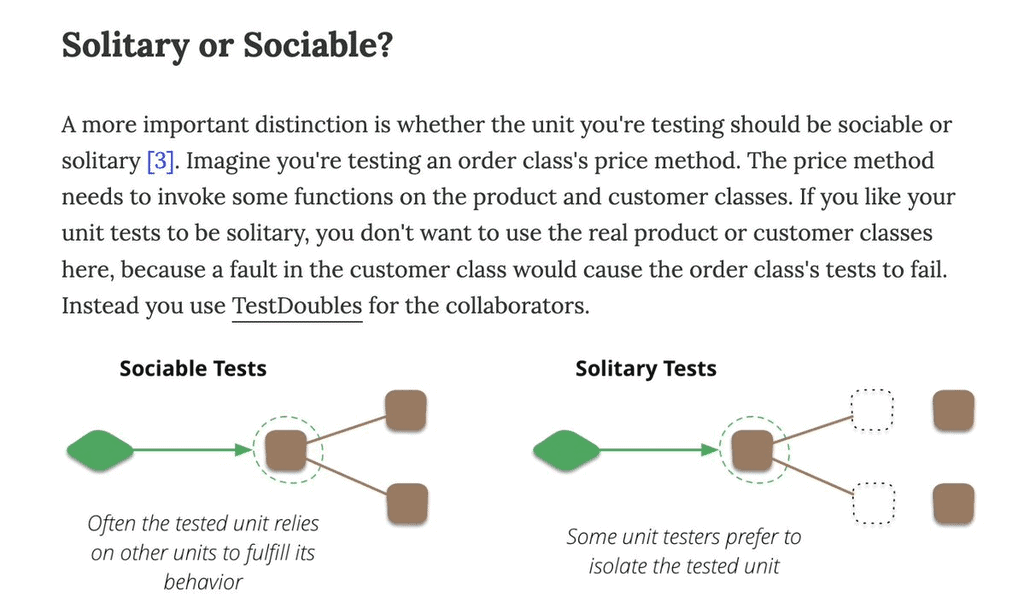
But what about unit tests that use mocks and stubs?
Unit tests, or not
I generally think “unit tests” (what Martin Fowler calls “solitary tests”) don’t have a great return on investment and I only write these if I have genuinely complex business logic. Most of my Lambda functions are IO heavy and perform simple data transformations and these can be sufficiently tested by the integration tests.
However, when I’m dealing with complex business logic, I would encapsulate them into modules and write unit tests for them and make sure these tests don’t deal with any external dependencies. They work exclusively with domain objects. And yes, I do use mocks and stubs in these tests so I can exercise the desired code paths.
End-to-end tests
Once I have good confidence that my code works, I would write end-to-end tests to check the whole system works (without the frontend) by testing the system from its external-facing interface, which can be a REST API, an EventBridge bus, or a Kinesis data stream, or whatever.
These end-to-end tests would catch problems outside of my code – configurations, IAM permissions, etc. And a lot of the time, I write tests in such a way that I can reuse the same test case for both integration and end-to-end tests so they’re not as labour intensive to produce and maintain. If you’re using a contract-first approach and designing your APIs with their consumers (e.g. the web and mobile teams) then it might be a good idea to write these end-to-end tests before you start writing the Lambda functions.
If I’m building APIs then these end-to-end tests would call the deployed API and check the response. For data pipelines, they would push events into an EventBridge bus and wait for the expected side-effect (e.g. data written to a DynamoDB table).
Again, using temporary environments really helps here. You don’t have to worry about pushing events to shared event buses that trigger lots of other stuff that you don’t intend to (like other people’s Lambda functions).
If the side-effect you’re looking for is “an event is published to Kinesis/EventBridge/SNS” then it can be tricky to detect these. Check out this old post of mine to see a few ways to do this.
CI/CD pipeline
As part of the CI/CD pipeline, I would create a temporary environment and run the integration and end-to-end tests against it. Then I would delete the environment after the tests. There’s no need to clean up test data from shared environments. If the tests passed, then I can proceed to deploy the application to the real AWS environments.
Testing honeycomb
This approach is broadly in line with and inspired by the testing honeycomb, and I have been very happy with it. It gives me the feedback speed for small code changes and the confidence I need to operate complex applications with lots of moving parts (and therefore configurations!)
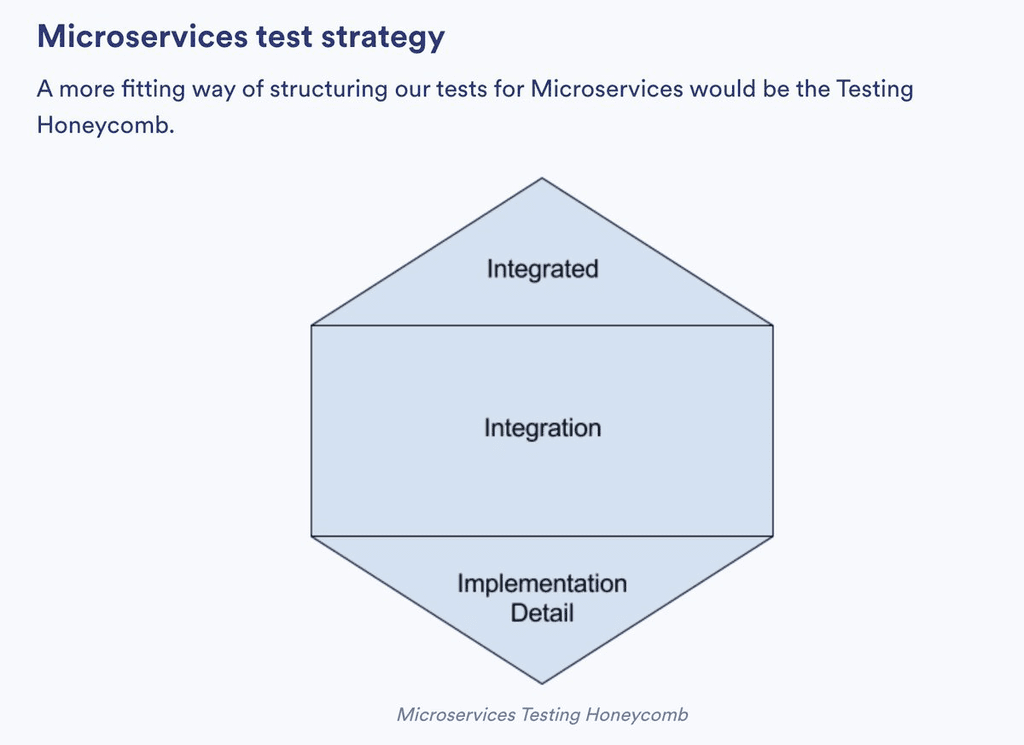
Testing in production
Of course, testing doesn’t stop there!
There is a whole school of “testing in production” which includes observability, canary testing, smoke testing, load testing, chaos experiments and much more. You don’t need to do all of them, but having good observability in your application is a must.
My go-to solution is Lumigo and I use it in all of my projects. It takes only a few mins to set up, there’s no need for manual instrumentation and it gives me everything I need to troubleshoot issues that I haven’t seen before.
And I love the built-in dashboard, it’s designed by serverless users for serverless users. I can see at a glance all the important information about my application and quickly identify functions that require further inspection, e.g.
- Lambda functions with a high error rate.
- Lambda functions with a high percentage of cold starts.
- Dependencies (services that I call from my Lambda function) that have a high tail latency and would therefore affect my application’s performance.
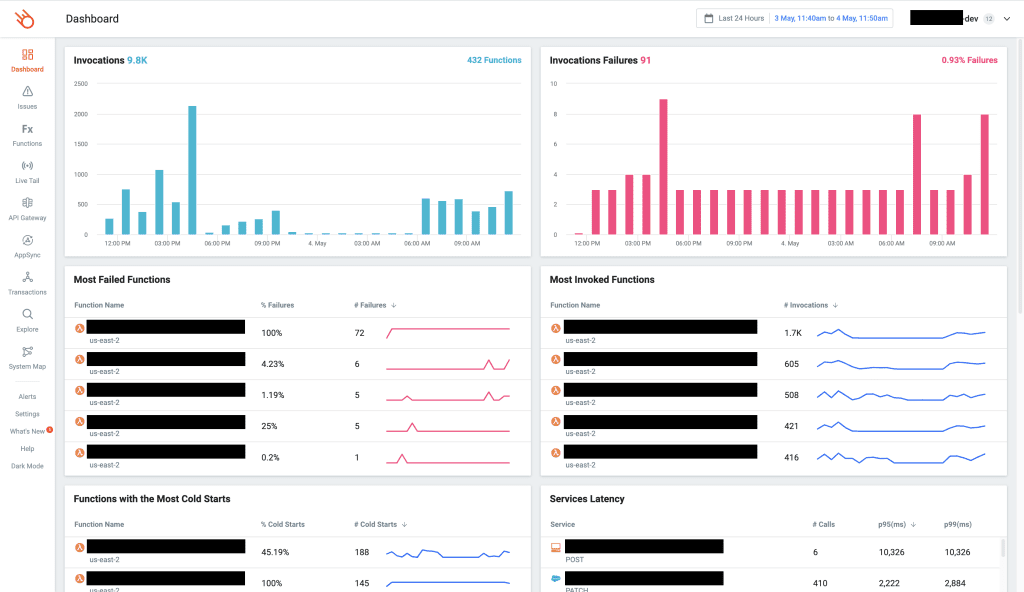
I can also identify functions with a high tail latency (likely affected by poor-performing dependencies above) and drill into individual invocations and figure out the root cause.
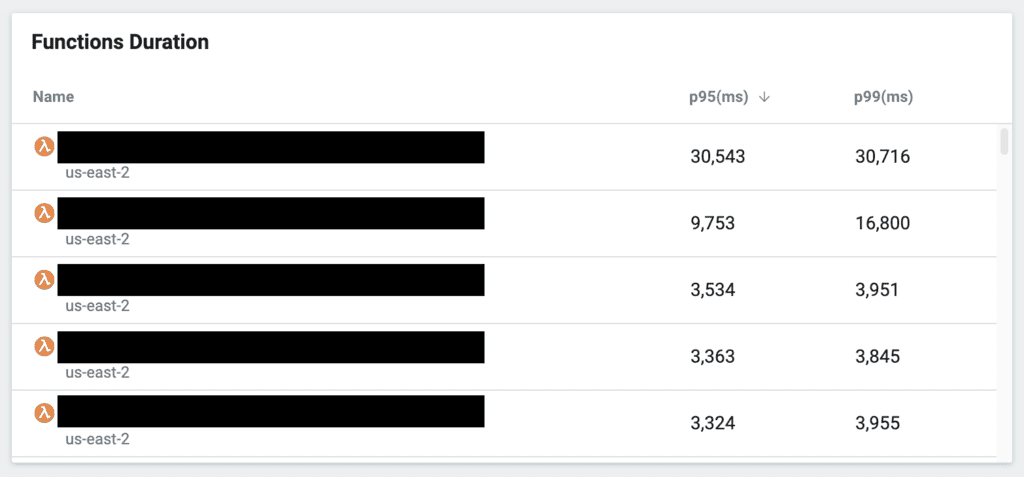
It’s been an invaluable tool for me and a big part of how I’m able to stay productive and resolve client issues on a timely basis. If you’re working with Lambda then you owe it to yourself and your team to check it out. I promise you, it will be a game-changer for you.
I hope that this post was useful to you. If you want to learn more about testing serverless architectures, including API Gateway, AppSync, Step Functions and Event-Driven Architectures, then you should check out my new course “Testing Serverless Architectures”.
Hope to see you in the course :-)
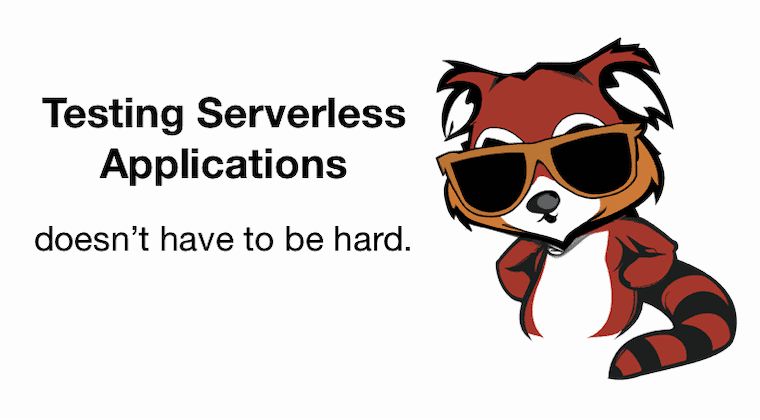
Links
[2] LocalStack
[3] Why you should use ephemeral environments when you do serverless
[4] On the Diverse And Fantastical Shapes of Testing by Martin Fowler
[5] How to include SNS and Kinesis in your e2e tests
[6] What is the test honeycomb, and why you should care
[7] What do we mean by “Testing in Production”?
[8] Lumigo, the best observability platform for serverless applications
[9] Testing Serverless Architectures, your guide to master serverless testing
Whenever you’re ready, here are 4 ways I can help you:
- If you want a one-stop shop to help you quickly level up your serverless skills, you should check out my Production-Ready Serverless workshop. Over 20 AWS Heroes & Community Builders have passed through this workshop, plus 1000+ students from the likes of AWS, LEGO, Booking, HBO and Siemens.
- If you want to learn how to test serverless applications without all the pain and hassle, you should check out my latest course, Testing Serverless Architectures.
- If you’re a manager or founder and want to help your team move faster and build better software, then check out my consulting services.
- If you just want to hang out, talk serverless, or ask for help, then you should join my FREE Community.

